HSBC 2011 Annual Report Download - page 215
Download and view the complete annual report
Please find page 215 of the 2011 HSBC annual report below. You can navigate through the pages in the report by either clicking on the pages listed below, or by using the keyword search tool below to find specific information within the annual report.-
 1
1 -
 2
2 -
 3
3 -
 4
4 -
 5
5 -
 6
6 -
 7
7 -
 8
8 -
 9
9 -
 10
10 -
 11
11 -
 12
12 -
 13
13 -
 14
14 -
 15
15 -
 16
16 -
 17
17 -
 18
18 -
 19
19 -
 20
20 -
 21
21 -
 22
22 -
 23
23 -
 24
24 -
 25
25 -
 26
26 -
 27
27 -
 28
28 -
 29
29 -
 30
30 -
 31
31 -
 32
32 -
 33
33 -
 34
34 -
 35
35 -
 36
36 -
 37
37 -
 38
38 -
 39
39 -
 40
40 -
 41
41 -
 42
42 -
 43
43 -
 44
44 -
 45
45 -
 46
46 -
 47
47 -
 48
48 -
 49
49 -
 50
50 -
 51
51 -
 52
52 -
 53
53 -
 54
54 -
 55
55 -
 56
56 -
 57
57 -
 58
58 -
 59
59 -
 60
60 -
 61
61 -
 62
62 -
 63
63 -
 64
64 -
 65
65 -
 66
66 -
 67
67 -
 68
68 -
 69
69 -
 70
70 -
 71
71 -
 72
72 -
 73
73 -
 74
74 -
 75
75 -
 76
76 -
 77
77 -
 78
78 -
 79
79 -
 80
80 -
 81
81 -
 82
82 -
 83
83 -
 84
84 -
 85
85 -
 86
86 -
 87
87 -
 88
88 -
 89
89 -
 90
90 -
 91
91 -
 92
92 -
 93
93 -
 94
94 -
 95
95 -
 96
96 -
 97
97 -
 98
98 -
 99
99 -
 100
100 -
 101
101 -
 102
102 -
 103
103 -
 104
104 -
 105
105 -
 106
106 -
 107
107 -
 108
108 -
 109
109 -
 110
110 -
 111
111 -
 112
112 -
 113
113 -
 114
114 -
 115
115 -
 116
116 -
 117
117 -
 118
118 -
 119
119 -
 120
120 -
 121
121 -
 122
122 -
 123
123 -
 124
124 -
 125
125 -
 126
126 -
 127
127 -
 128
128 -
 129
129 -
 130
130 -
 131
131 -
 132
132 -
 133
133 -
 134
134 -
 135
135 -
 136
136 -
 137
137 -
 138
138 -
 139
139 -
 140
140 -
 141
141 -
 142
142 -
 143
143 -
 144
144 -
 145
145 -
 146
146 -
 147
147 -
 148
148 -
 149
149 -
 150
150 -
 151
151 -
 152
152 -
 153
153 -
 154
154 -
 155
155 -
 156
156 -
 157
157 -
 158
158 -
 159
159 -
 160
160 -
 161
161 -
 162
162 -
 163
163 -
 164
164 -
 165
165 -
 166
166 -
 167
167 -
 168
168 -
 169
169 -
 170
170 -
 171
171 -
 172
172 -
 173
173 -
 174
174 -
 175
175 -
 176
176 -
 177
177 -
 178
178 -
 179
179 -
 180
180 -
 181
181 -
 182
182 -
 183
183 -
 184
184 -
 185
185 -
 186
186 -
 187
187 -
 188
188 -
 189
189 -
 190
190 -
 191
191 -
 192
192 -
 193
193 -
 194
194 -
 195
195 -
 196
196 -
 197
197 -
 198
198 -
 199
199 -
 200
200 -
 201
201 -
 202
202 -
 203
203 -
 204
204 -
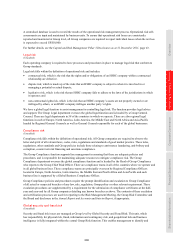 205
205 -
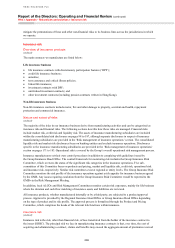 206
206 -
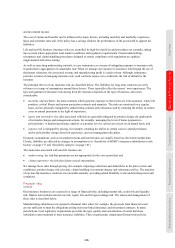 207
207 -
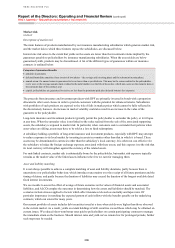 208
208 -
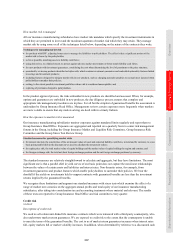 209
209 -
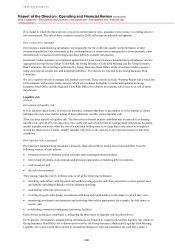 210
210 -
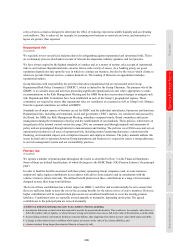 211
211 -
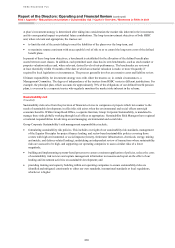 212
212 -
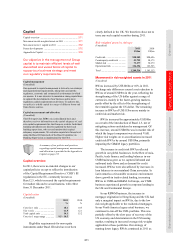 213
213 -
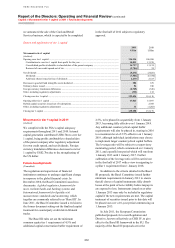 214
214 -
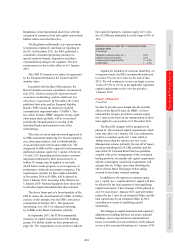 215
215 -
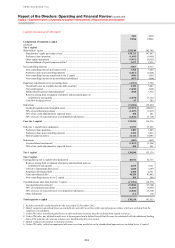 216
216 -
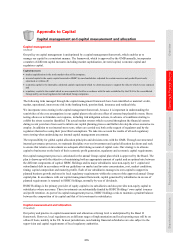 217
217 -
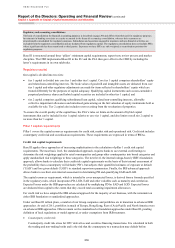 218
218 -
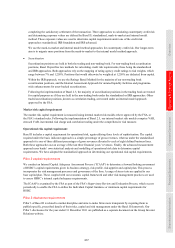 219
219 -
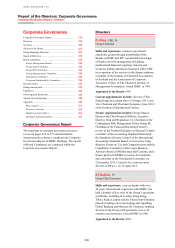 220
220 -
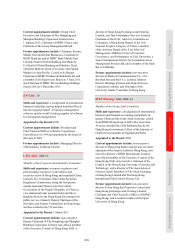 221
221 -
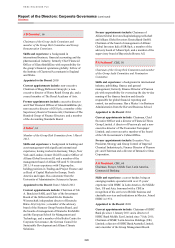 222
222 -
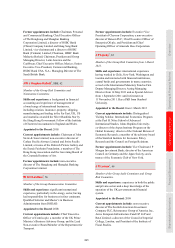 223
223 -
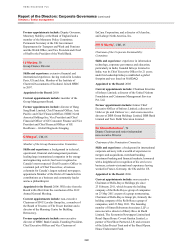 224
224 -
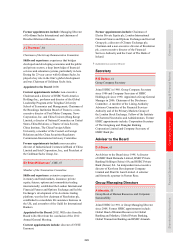 225
225 -
 226
226 -
 227
227 -
 228
228 -
 229
229 -
 230
230 -
 231
231 -
 232
232 -
 233
233 -
 234
234 -
 235
235 -
 236
236 -
 237
237 -
 238
238 -
 239
239 -
 240
240 -
 241
241 -
 242
242 -
 243
243 -
 244
244 -
 245
245 -
 246
246 -
 247
247 -
 248
248 -
 249
249 -
 250
250 -
 251
251 -
 252
252 -
 253
253 -
 254
254 -
 255
255 -
 256
256 -
 257
257 -
 258
258 -
 259
259 -
 260
260 -
 261
261 -
 262
262 -
 263
263 -
 264
264 -
 265
265 -
 266
266 -
 267
267 -
 268
268 -
 269
269 -
 270
270 -
 271
271 -
 272
272 -
 273
273 -
 274
274 -
 275
275 -
 276
276 -
 277
277 -
 278
278 -
 279
279 -
 280
280 -
 281
281 -
 282
282 -
 283
283 -
 284
284 -
 285
285 -
 286
286 -
 287
287 -
 288
288 -
 289
289 -
 290
290 -
 291
291 -
 292
292 -
 293
293 -
 294
294 -
 295
295 -
 296
296 -
 297
297 -
 298
298 -
 299
299 -
 300
300 -
 301
301 -
 302
302 -
 303
303 -
 304
304 -
 305
305 -
 306
306 -
 307
307 -
 308
308 -
 309
309 -
 310
310 -
 311
311 -
 312
312 -
 313
313 -
 314
314 -
 315
315 -
 316
316 -
 317
317 -
 318
318 -
 319
319 -
 320
320 -
 321
321 -
 322
322 -
 323
323 -
 324
324 -
 325
325 -
 326
326 -
 327
327 -
 328
328 -
 329
329 -
 330
330 -
 331
331 -
 332
332 -
 333
333 -
 334
334 -
 335
335 -
 336
336 -
 337
337 -
 338
338 -
 339
339 -
 340
340 -
 341
341 -
 342
342 -
 343
343 -
 344
344 -
 345
345 -
 346
346 -
 347
347 -
 348
348 -
 349
349 -
 350
350 -
 351
351 -
 352
352 -
 353
353 -
 354
354 -
 355
355 -
 356
356 -
 357
357 -
 358
358 -
 359
359 -
 360
360 -
 361
361 -
 362
362 -
 363
363 -
 364
364 -
 365
365 -
 366
366 -
 367
367 -
 368
368 -
 369
369 -
 370
370 -
 371
371 -
 372
372 -
 373
373 -
 374
374 -
 375
375 -
 376
376 -
 377
377 -
 378
378 -
 379
379 -
 380
380 -
 381
381 -
 382
382 -
 383
383 -
 384
384 -
 385
385 -
 386
386 -
 387
387 -
 388
388 -
 389
389 -
 390
390 -
 391
391 -
 392
392 -
 393
393 -
 394
394 -
 395
395 -
 396
396 -
 397
397 -
 398
398 -
 399
399 -
 400
400 -
 401
401 -
 402
402 -
 403
403 -
 404
404 -
 405
405 -
 406
406 -
 407
407 -
 408
408 -
 409
409 -
 410
410 -
 411
411 -
 412
412 -
 413
413 -
 414
414 -
 415
415 -
 416
416 -
 417
417 -
 418
418 -
 419
419 -
 420
420 -
 421
421 -
 422
422 -
 423
423 -
 424
424 -
 425
425 -
 426
426 -
 427
427 -
 428
428 -
 429
429 -
 430
430 -
 431
431 -
 432
432 -
 433
433 -
 434
434 -
 435
435 -
 436
436 -
 437
437 -
 438
438 -
 439
439 -
 440
440
 |
 |

213
Overview Operating & Financial Review Corporate Governance Financial Statements Shareholder Information
Regulation, removing national discretion, with the
exception of countercyclical and capital conservation
buffers which are in the Directive.
The Regulation additionally sets out provisions
to harmonise regulatory and financial reporting in
the EU. In December 2011, the EBA published a
consultative document proposing measures to
specify uniform formats, frequencies and dates
of prudential reporting to the regulator. The new
requirements are due to take effect as of 1 January
2013.
The CRD IV measures are subject to agreement
by the European Parliament, the Council and EU
member states.
In parallel with the Basel III proposals, the
Basel Committee issued a consultative document in
July 2011, Global systemically important banks:
assessment methodology and the additional loss
absorbency requirement. In November 2011, they
published their rules and the Financial Stability
Board (‘FSB’) issued the initial list of global
systematically important banks (‘G-SIBs’). This
list, which includes HSBC alongside twenty-eight
other major banks globally, will be re-assessed
periodically through annual re-scoring of the
individual banks and triennial review of the
methodology.
The rules set out an indicator-based approach to
G-SIBs assessment employing five broad categories:
size, interconnectedness, lack of substitutability,
cross-jurisdictional activity and complexity. The
designated G-SIBs will be required to hold minimum
additional common equity tier 1 capital of between
1% and 2.5%, depending on their relative systemic
importance indicated by their assessed score. A
further 1% charge may be applied to any bank
which fails to make progress, or even regresses, in
performance within the assessment categories. The
requirements, initially for those banks identified
in November 2014 as G-SIBs, will be phased in
from 1 January 2016, becoming fully effective on
1 January 2019. National regulators have discretion
to introduce higher thresholds than these minima.
The above forms part of a broad mandate of the
FSB to reduce the moral hazard of G-SIBs. A further
exercise of this mandate was the FSB’s own direct
consultation of October 2011. This proposed
introducing, over 2012-14, enhanced reporting
by G-SIBs to the Basel Committee centrally.
In September 2011, the ICB recommended
measures on capital requirements for UK banking
groups. For further details on these proposals see
page 101. The requirements as set out above indicate
the required regulatory common equity tier 1 ratio
for a G-SIB may ultimately lie in the range of 8% to
12%.
Potential common equity tier 1 requirements from
1 January 2019
(Unaudited)
Minimum common equity tier 1 4.5%
Capital conservation buffer 2.5%
Countercyclical capital buffer 0 – 2.5%
G-SIB buffer 1 – 2.5%
Against the backdrop of eurozone instability, on
a temporary basis, the EBA recommends banks aim
to reach a 9% core tier 1 ratio by the end of June
2012. We will continue to review our target core tier
1 ratio of 9.5% to 10.5% as the applicable regulatory
capital requirements evolve over the period to
1 January 2019.
Impact of Basel III
(Unaudited)
In order to provide some insight into the possible
effects of the Basel III rules on HSBC, we have
estimated the Group’s pro forma common equity
tier 1 ratio on the basis of our interpretation of those
rules applied to our position at 31 December 2011.
The Basel III changes will be progressively
phased in. The increased capital requirements which
come into effect on 1 January 2013 are estimated to
result in a common equity tier 1 ratio which is
100bps lower than the current core tier 1 ratio.
Management actions, primarily the run-off of legacy
positions including the US CML portfolio and the
sale of the US Card and Retail Services portfolio,
coupled with active management of the correlation
trading portfolio, the market risk capital requirement
and the counterparty capital risk requirement, will
mitigate this by 110bps, more than offsetting the
effect of these Basel III changes before taking
account of any future retained earnings.
In addition to the impact on common equity
tier 1 capital, tier 1 capital and tier 2 capital will also
be affected by the derecognition of non-qualifying
capital instruments. These changes will be phased in
over 10 years from 1 January 2013, and will further
reduce the tier 1 ratio by an estimated 10bps, and the
total capital ratio by an estimated 50bps in 2013,
excluding new issues of qualifying capital
instruments.
The changes to capital deductions and regulatory
adjustments including deferred tax assets, material
holdings, excess expected losses and unrealised
losses on available-for-sale portfolios will be phased
in over a five-year period starting on 1 January 2014.
